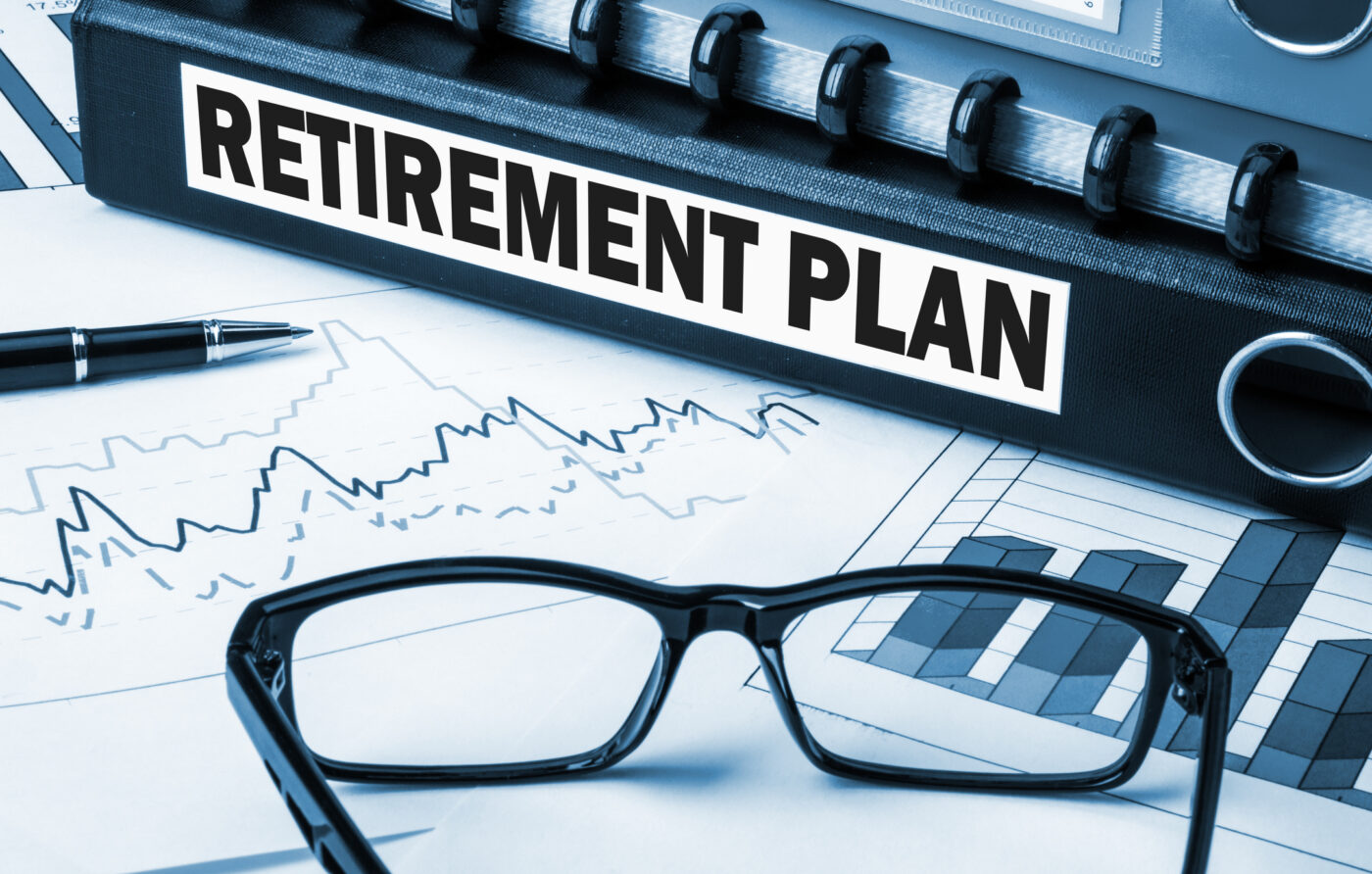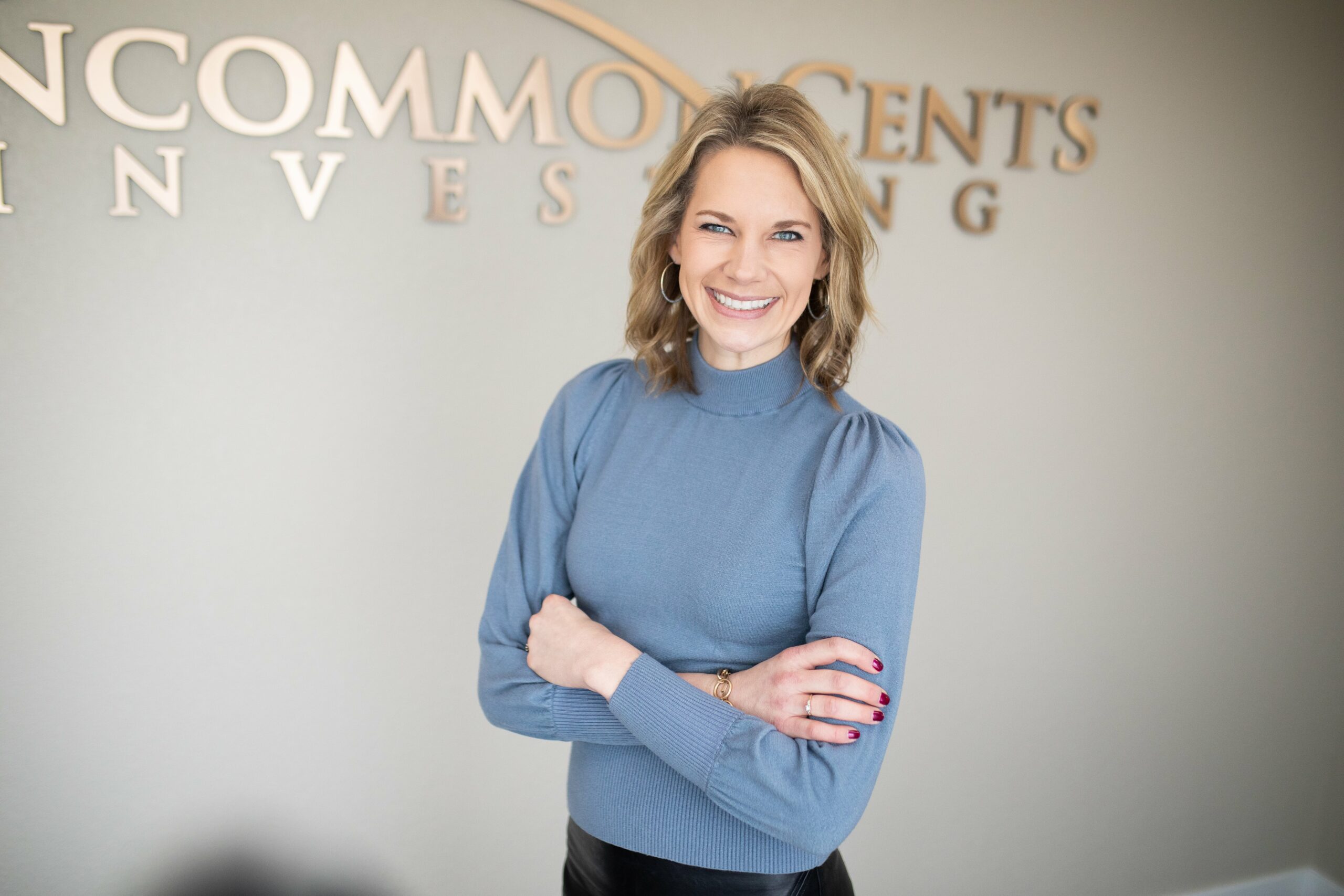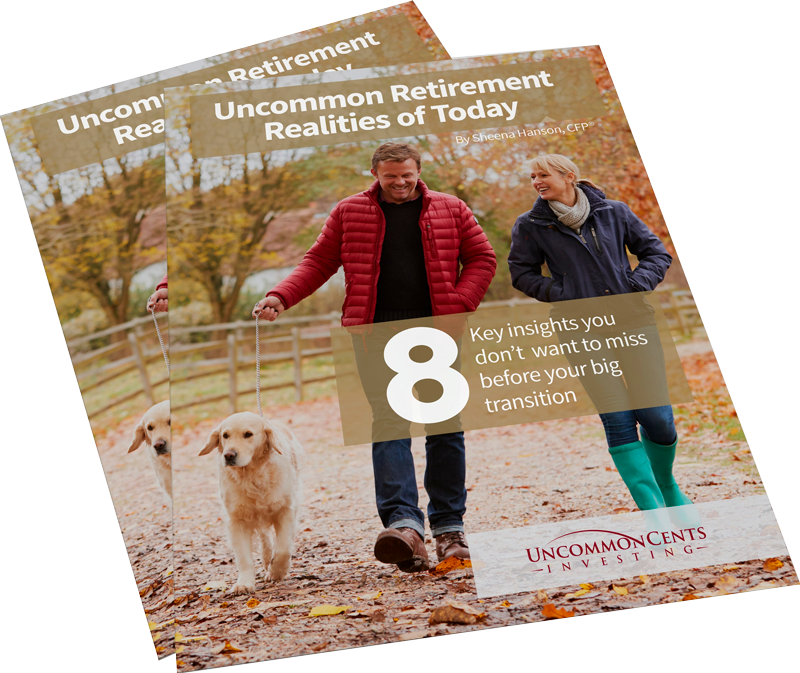At first glance, it may seem that retirement planning hasn’t changed much over the years. While you work, you accumulate resources to fund your non-working future, and then retire. However, today’s savers face different challenges than those of previous generations. These new hurdles can change the details of the planning process quite a bit, even in the final years.
Longer Life Expectancies
The first thing people want to know when they begin retirement planning is how much they will need to save. But, the answer is dependent on a number of different factors including one’s life expectancy.
Thanks to advances in healthcare and technology, individuals are living longer than they used to. According to the Social Security Administration, life expectancy at birth in 1930 was only 58 for men and 62 for women. Today, the average American lives to be 78.6 with more than 30% of 65-year-olds living into their 90s.
Essentially, this means today’s savers are tasked with saving more as they will need their money to last even longer. Of course, none of us can predict how long we will live, but we can estimate a life expectancy based on the data, our health, and family history to estimate how long a retirement we will be planning for.
The Extinction of Defined Benefit Plans and Stability of Social Security Retirement Benefits
According to a 2019 Wells Fargo survey, 86% of today’s retirees live primarily on income from defined benefit pension plans and social security. But, more companies are moving away from pension plans that guarantee beneficiaries a certain amount of predictable income in retirement. From 1980 through 2008, the percentage of participants with defined benefit pension plans fell from 38% to 20%[i] while defined contribution plans such as 401(k) s increased from 8% to 31%.
While employers can (and often do) contribute to defined contribution plans, this trend leaves more of the saving up to the individual. And for most high-income earners, contribution limits on these plans make them insufficient tools in isolation. A combination of IRAs, brokerage accounts, and other savings tools must be leveraged to sustain their lifestyle into retirement.
Additionally, reports show that the Social Security Trust will be underfunded and possibly run out by the year 2037 if major changes aren’t implemented to sustain the program. At that point, the SSA anticipates only being able to fund 76% of scheduled benefits with collected taxes. So while today’s retiree has been able to supplement their retirement income with this stable source of funding, it could look very different for younger generations.
The Uncertainty of Healthcare and Taxes
Healthcare and taxes are another point of concern for today’s savers. From the healthcare perspective, there are a couple hurdles to deal with. Not only do the number of health-related expenses tend to rise as you age, but the cost of healthcare products and services are one of the most heavily inflated. In addition to the growing cost of healthcare, many Americans are concerned about potential changes to healthcare insurance options that could result from federal policy changes. Will Medicare still be available? And in what capacity? How much will Gap Insurance or private insurance cost if needed?
It is also difficult to predict how the recent change in political administration may affect our future tax responsibilities. Should pre-retirees be revisiting their retirement plans to account for the potential of a higher liability in their budget? Will the government raise income or sales taxes (or both) in response to the instability of the Social Security program and a ballooning $27 trillion federal deficit? These uncertainties have done much to cloud the planning process for many individuals.
Start Early, Save Often
While the challenges facing today’s savers may be different, they certainly aren’t insurmountable. In addition to planning for a longer retirement period, you’ll need to expect that your primary source of retirement funding will be from personal savings. Of course, the power of compounding favors those who start early and save often. The earlier you begin and the more frequently you contribute to your retirement, the less you will have to put away.
Ready to prioritize your retirement savings? Or need a second opinion on your current plan?
Call us today to schedule an introductory phone call. We can help you get going in the right direction.
[i]The Disappearing Defined Benefit Pension | SSA 2 February 2021
Sheena is a highly regarded financial professional known for her clear explanations and practical advice on complex financial matters. She earned her CERTIFIED FINANCIAL PLANNER™️ designation in 2010 and holds a Bachelor of Science degree in Finance from the University of Wisconsin LaCrosse.



